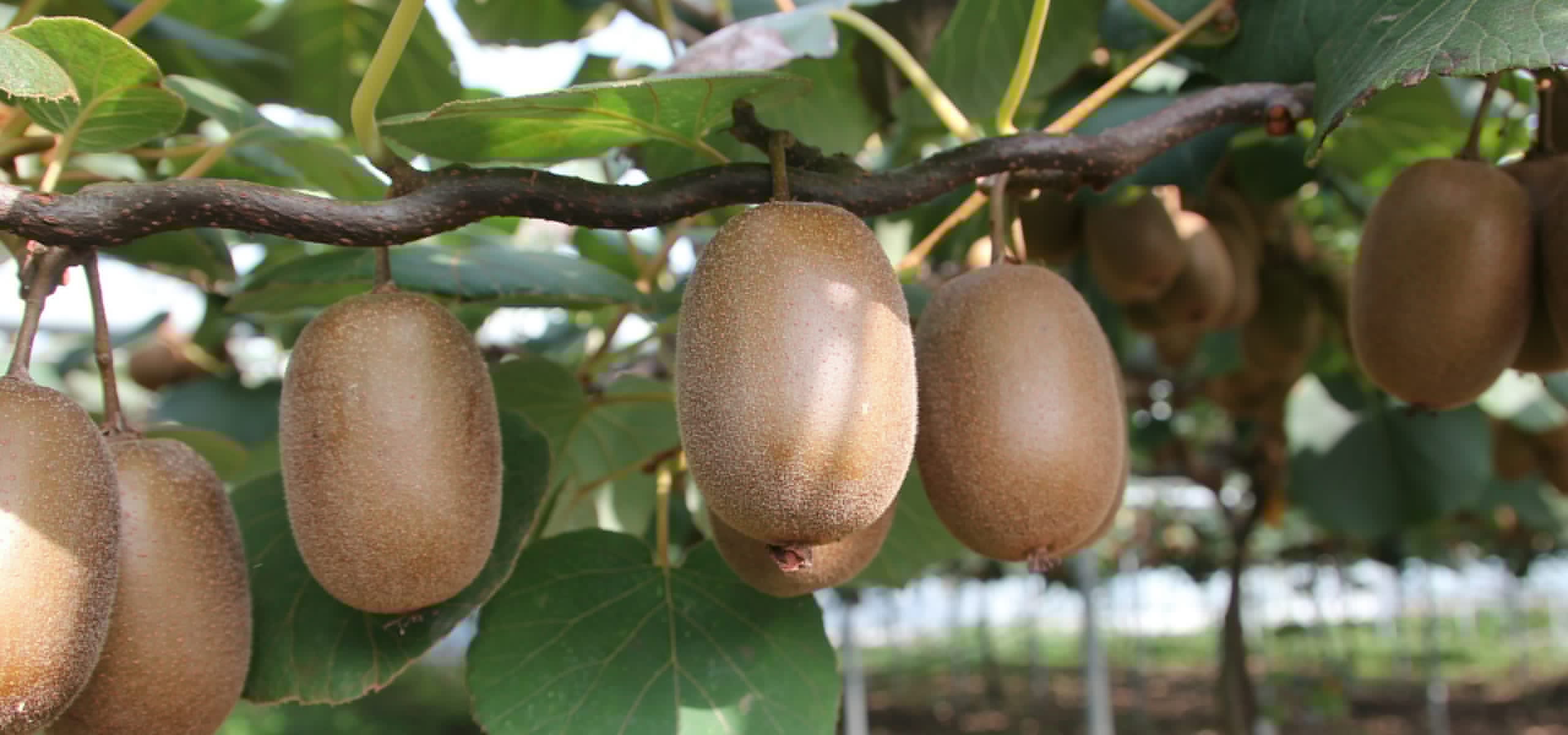
Growing kiwi
Planting, pruning and care
Contents
Where to plant it?
Several factors need to be considered for growing kiwi.
First of all, it is necessary to provide a sturdy support for training the kiwi: a wall strung with strong wires, a trellis, a pergola, or a fence will do the trick. Indeed, this climbing plant can reach 6m in height and 4m in spread and will need to be pruned with pruning shears to control its growth.
Moreover, consider the characteristics of the varieties. Some varieties are self-fertile (male and female flowers on the same plant) and can be planted alone, such as the Solissimo® variety. However, most varieties bear either male flowers (like Atlas) or female flowers (such as Hayward) and require the presence of a plant of the opposite sex to enable pollination. One male plant can pollinate about 5 to 6 female plants. Only female plants produce fruit.
Finally, choose a sunny spot sheltered from strong winds, with soil that is non-calcareous and free from standing moisture.
When and how to plant kiwifruit?
Planting is preferably done in autumn, but can take place all year round except during frost periods.
Kiwi thrives in cool, rich, light, and well-drained soil, which is not calcareous. The plant is sensitive to stagnant moisture.
When planting:
- space the plants 3 to 4 m apart,
- dig a hole 50 cm in all directions with a spade.
- spread a layer of gravel at the bottom, then a layer of soil mixed with turf or compost.
- place the root ball (the collar of the plant should be level with the soil) and cover with soil.
- provide a sturdy support to help its voluble branches climb.
- firm the soil and water generously.
Discover other Kiwi bush
View all →Available in 0 sizes
Available in 0 sizes
Available in 0 sizes
Available in 1 sizes
Available in 1 sizes
Available in 1 sizes
Available in 1 sizes
Available in 1 sizes
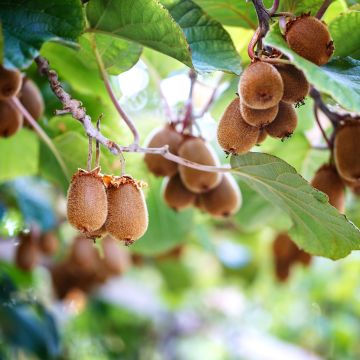
Available in 2 sizes
Available in 2 sizes
Pruning kiwi
Kiwi is a voluble plant that can quickly invade its space.
In the first year, establish a good framework from the most vigorous shoots, then each year, at the end of winter, prune the previous year’s branches to 3 or 4 buds at the level of this framework.
Carry out maintenance pruning around December-January, cutting the fruiting branches back to 2 buds from the base.
Reduce the secondary stems by two-thirds of their length.
In summer, it is possible to prune the overly invasive branches.
→ To learn more, read our article: “Pruning Kiwi: When and How to Prune an Actinidia?.
Care to be provided
Kiwi requires little maintenance; simply provide it with regular watering.
During periods of intense heat, water it 1 to 2 times a week. Once established and rooted, the plant manages on its own and is less demanding in terms of water.
At the end of winter, incorporate a light digging, an organic fertiliser, or well-decomposed manure at the base of the plant. Train the stems as they grow by tying them loosely. They will wrap around the support.
Kiwi has running roots that develop horizontally beneath the surface of the soil, requiring, if necessary, only a light hoeing on the surface.
Mulch the base for the first three winters.
Potential pests
Little susceptible to insects and pests, kiwi can nevertheless fall victim to red spider mites in a warm, dry environment. To eliminate them, lightly but regularly mist the foliage and soil.
- Subscribe!
- Contents































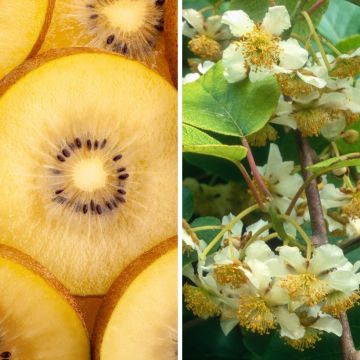
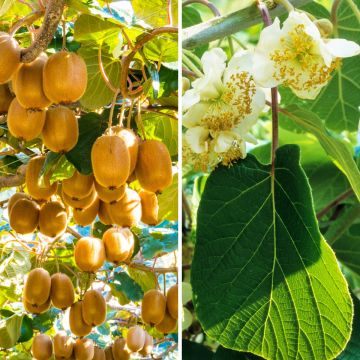


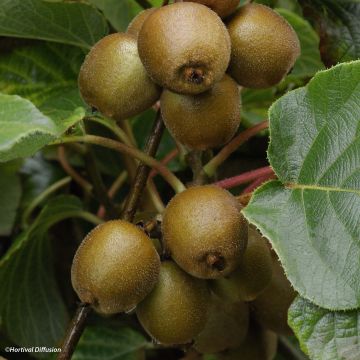
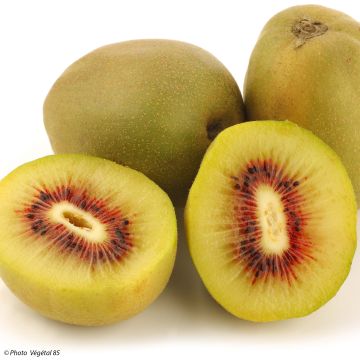
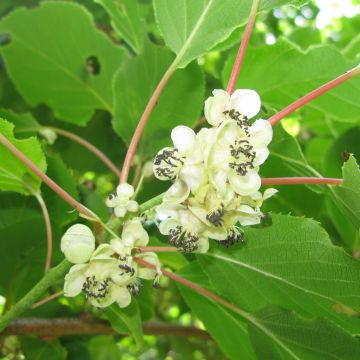

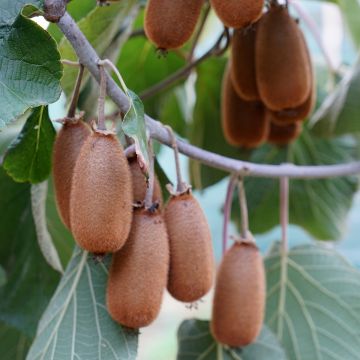
Comments